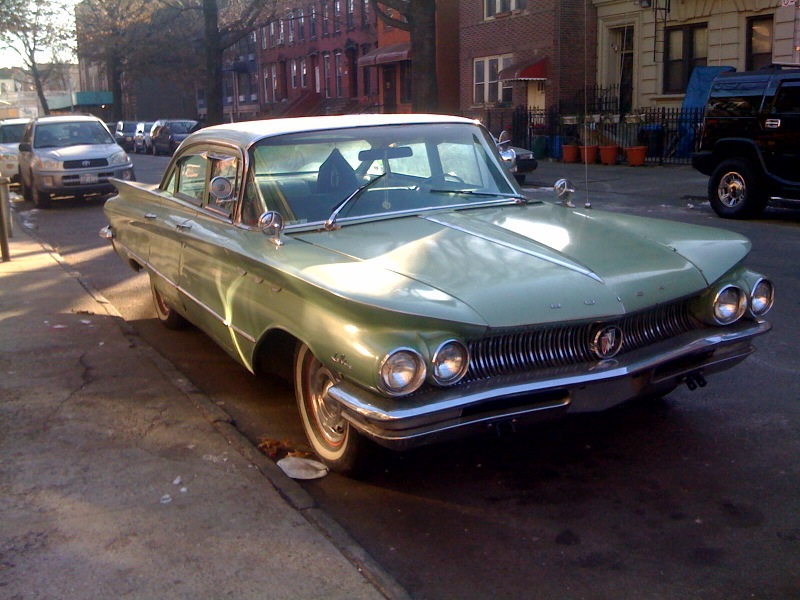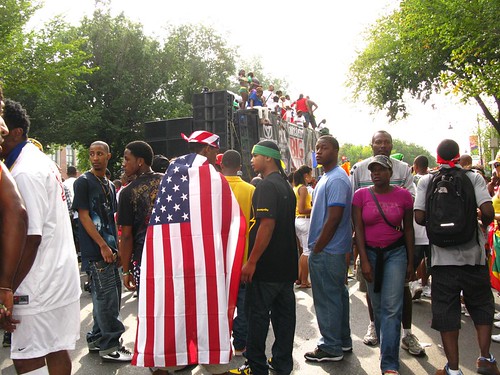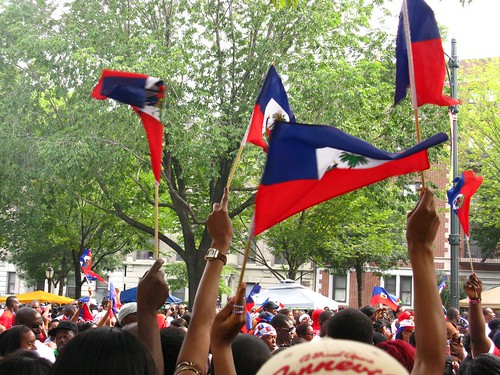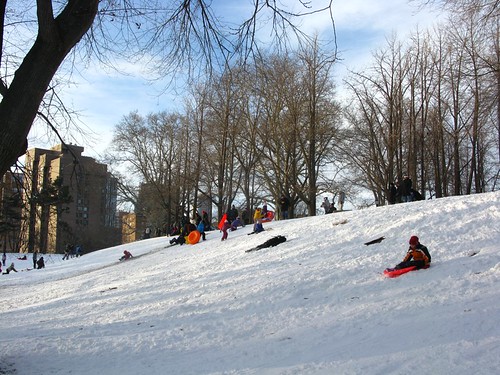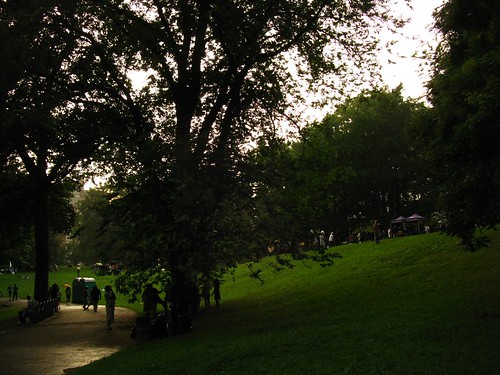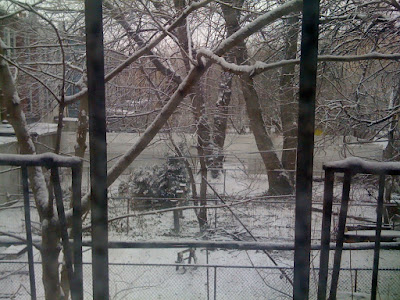The subtitle of the article is "A Prewar Home, to say the least" that's because the house predates the American Revolution. The Wyckoff-Bennett Homestead is one of a few remaining original Dutch farmhouses that dot the far reaches of Brooklyn, dating back to the days when Brooklyn was spelled Bruekelen (for land of Brooks as this place was). Btw, that spelling of Brooklyn really confuses the hell out of at least some neighborhood newcomers, if the conversations I've heard around Franklin Avenue are any indication.
Back to the article, which is sweet and feisty, profiling the long lived couple who own the home and have in their time considered a ghost, stood up to the city and lived among historical notables (rye for the king and Hessian graffiti!).
The Wyckoff's in short were major land owners in Breukelen during the 17th century. The family name as the article notes had been Claesen before the British forced the adoption of British names.
Anyone who lives in Crown/Prospect Heights, Bed-Stuy/Clinton Hill and/or riders the B48 might recognize the sound of Claesen since it's the root of "Classon" avenue. So a heads-up to those of you who pronounce the street as"CLASS-on" You can stop now, you're wrong. It's "CLAW-SEN" (I'll
Back to the Wyckoffs, today their family name came be found unceremoniously througout the borough and the area extending out to Jersey. Another of their houses still standing, the Wyckoff home on Clarendon Road in East Flatbush is officially the oldest standing home in New York City, and you can visit it here. Wikipedia notes: The Wyckoff Farmhouse Museum is the oldest structure in New York City, with rooms dating back to 1652 (New Amsterdam).
Another heads-up, I lived out that way too, if you go to the Wyckoff home expect to find a residential/light industrial neighborhood surrounding the home and not much else). One of the more infamous places you'll find the name today is the Wyckoff public housing complex in what I personally used to call no man's land but is more clearly defined today as next to Boerum Hill and Carroll Gardens.
Another colonial farm house referenced in the article is at East 48th Street, in what I still consider to be in the Flatlands (although that's debatable) and I knew the house before I'd even googlemapped it. The home on E.48th a few blocks from one of my many childhood haunts was and is different from all the others on the block. While the rest of the block is made of the standard two floor brick home that consistently covers the residential enclaves of the outer boroughs, the E. 48th home also dates back to colonial days.
Riding my Huffy through the neighborhood, making utterly unnecessary (but vital) stops at Red's toy store (where my uncle practically lived every Christmas Eve) and then continuing through the neighborhood I'd pass dozens of the these outstanding homes. To me they gave off a sense of deep history beyond simply being architecturally different from their surroundings. So I find it cool that the Times took times to report about one.
I went, as I do, on a cascading set of google searches in an effort to get more information and I found a lot. Too much write about now (unless I give up on laundry, groceries and eating) but here's one great link I found as a result. It's to the site "www.bklyn-genealogy-info.com" which is a repository from many things of past Brooklyn. Enjoy.




